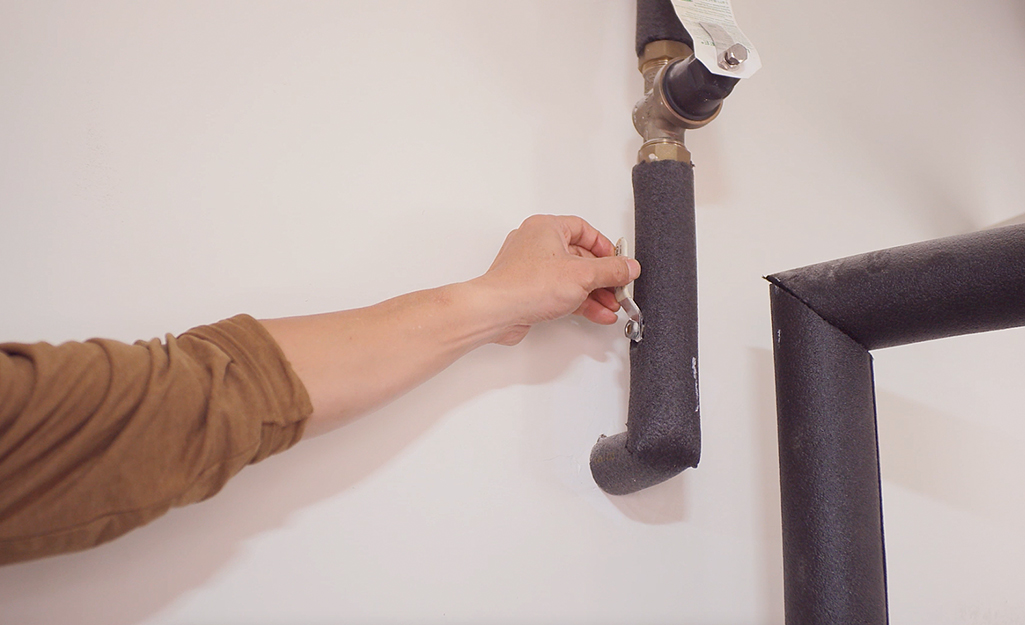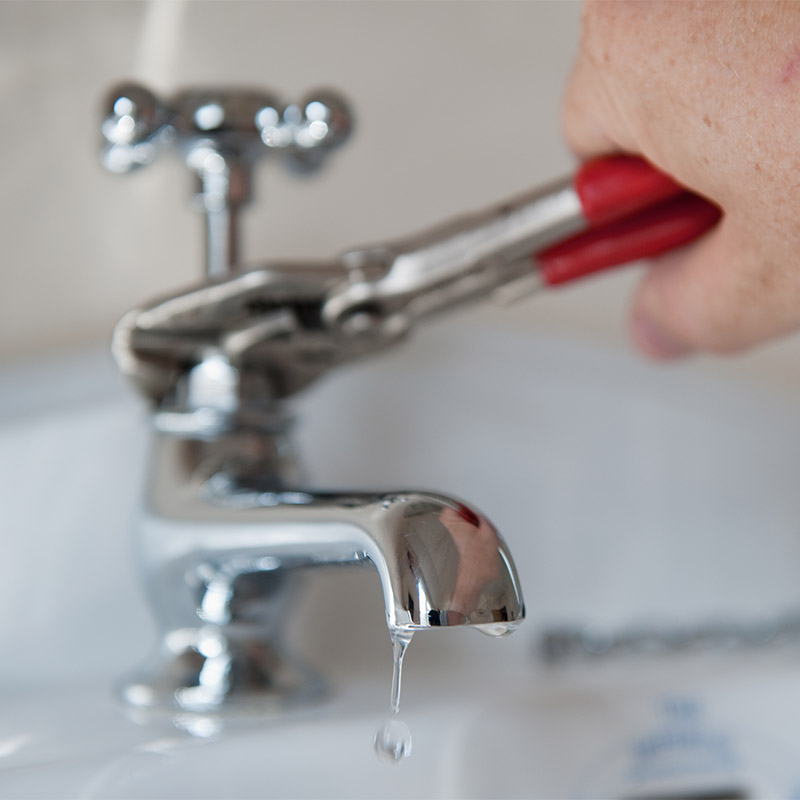They are making a number of great pointers on Why Are My Faucets Dripping (And Can I Fix It Myself)? as a whole in the content beneath.

Dripping taps could feel like a minor hassle, yet their effect surpasses just the inconvenience of the sound. From wasting water to sustaining unnecessary financial expenses and health and wellness risks, overlooking a dripping tap can cause different repercussions. In this write-up, we'll delve into why it's crucial to resolve this typical household issue promptly and efficiently.
Wastefulness of Water
Ecological Effect
Leaking faucets add considerably to water wastage. According to the Environmental Protection Agency (EPA), a single tap dripping at one drip per second can throw away more than 3,000 gallons of water per year. This not only strains water sources yet likewise impacts environments and wild animals based on them.
Step-by-Step Guide to Dealing With a Dripping Tap
Tools Needed
Before trying to fix a dripping faucet, gather the essential tools, including an adjustable wrench, screwdrivers, replacement parts (such as washers or cartridges), and plumber's tape.
Typical Faucet Issues and Their Solutions
Recognize the kind of tap and the particular concern triggering the drip. Usual problems consist of damaged washers, rusty valve seats, or malfunctioning O-rings. Describe manufacturer instructions or on the internet tutorials for step-by-step guidance on repairs.
Financial Prices
Boosted Water Expenses
Past the environmental effect, trickling taps can blow up water bills significantly. The gathered wastage over time equates into higher utility expenses, which could have been avoided with timely repairs.
Potential Building Damages
Additionally, extended dripping can lead to damage to components and surface areas surrounding the tap. Water buildup can trigger staining, deterioration, and even structural concerns if left unattended, leading to additional repair work prices.
Health Concerns
Mold and Mold Growth
The continuous visibility of moisture from a trickling faucet develops a suitable setting for mold and mold growth. These fungi not only jeopardize indoor air high quality yet likewise position health dangers, especially for people with respiratory conditions or allergic reactions.
Waterborne Conditions
Stationary water in leaking taps can become a breeding ground for microorganisms and various other virus, raising the threat of waterborne diseases. Contaminants such as Legionella microorganisms prosper in stationary water, potentially causing significant diseases when ingested or breathed in.
DIY vs. Professional Repair
Pros and Cons of Do It Yourself Repair Work
While some might attempt to take care of a dripping faucet themselves, do it yourself repairs feature their own collection of challenges. Without correct understanding and devices, do it yourself attempts can aggravate the issue or cause insufficient repair work, prolonging the problem.
Benefits of Employing a Specialist Plumber
Hiring a professional plumber guarantees that the underlying root cause of the trickling tap is resolved effectively. Plumbings possess the proficiency and tools to diagnose and fix faucet problems successfully, conserving time and reducing the risk of further damages.
Ecological Obligation
Individual Payment to Preservation
Taking responsibility for fixing dripping taps aligns with broader initiatives toward water preservation and environmental sustainability. Every person's actions jointly make a significant impact on protecting priceless resources.
Sustainable Living Practices
By prioritizing timely repair services and embracing water-saving behaviors, people contribute to lasting living techniques that benefit both present and future generations.
Safety nets
Routine Maintenance Tips
To prevent dripping taps, execute regular maintenance such as cleansing aerators, inspecting for leakages, and replacing damaged parts immediately. Additionally, consider installing water-saving gadgets or updating to extra efficient fixtures.
Importance of Prompt Repairs
Addressing dripping taps as soon as they're observed protects against more water wastage and potential damage, inevitably conserving both water and cash over time.
Effect On Residential Property Worth
Perception of Well-Maintained Residential Property
Maintaining a building in good condition, consisting of resolving upkeep problems like leaking faucets, enhances its perceived worth and charm amongst potential customers or lessees.
Influence on Resale Worth
Properties with well-maintained plumbing fixtures, consisting of taps, command higher resale values in the realty market. Attending to trickling taps can add to a favorable impact during building examinations and settlements.
Final thought
Addressing a trickling tap exceeds plain ease; it's a crucial action toward conserving water, lowering financial costs, and guarding wellness and building. Whether via do it yourself repair services or expert help, acting to deal with dripping faucets is a tiny yet impactful way to advertise liable stewardship of sources and contribute to a much healthier, a lot more sustainable future.
How to Fix a Leaky Faucet: Step-by-Step Repair Guide
A leaky faucet may seem like a simple annoyance, but if it's not fixed promptly, that leak could cost hundreds to potentially thousands. From water damage to mold, mildew, and high water bills, even a tiny leak can be catastrophic if left unattended. Damage like this can even affect the overall value of your home, so it's important to take the right approach for leaky faucet repair. You may need the help of a plumber in some cases, but we've got a few tips you can try on how to fix a leaky faucet before calling the pros.
Four Faucet Types
When you're learning how to fix a leaky faucet, the first step is knowing what kind of faucet you're working with! There are four common types.
Cartridge Faucets
Cartridge faucets come in one- or two-handled varieties. In one-handled cartridge faucets, hot and cold water combines in a single cartridge. In the two-handled versions, hot and cold water are controlled separately and mixed in the faucet.
Ball Faucets
Ball faucets have a single lever you push up and down to adjust the pressure and rotate to change the temperature. A slotted metal ball controls the amount of water allowed into the spout.
Compression Washer Faucets
They're the oldest type of faucet, but they're still used in many homes — especially older ones. Compression faucets have two separate handles that, when turned, raise or lower the washer that seals a water valve. This valve stops water from flowing through the faucet when it is turned off.
Disc Faucets
Disc faucets rarely need to be repaired due to their maintenance-free design. The water flow is controlled by two discs — the upper one raises and lowers against a fixed lower disc, creating a watertight seal. If your disc faucet starts leaking, you may need to replace the seals or clean residue buildup from the inlets.
Fixing a Leaky Faucet
Step 1: Turn Off the Water
Whether you're learning how to fix a leaky bathtub faucet or how to fix a leaky kitchen faucet, always turn off the water supply to your working area when you're fixing a leak. The last thing you want is a flood added to your list of things to fix.
Look for the shutoff valves below your sink or around the tub and turn them clockwise to stop the water flow. If your faucet doesn't have shutoff valves, you may need to turn off the water for the whole house. Check to make sure it's off by turning the faucet on. If nothing comes out, you're ready to start the repair.
Step 2: Take Apart the Faucet
How you disassemble your faucet depends on the type of fixture you have. You can use a flathead screwdriver to remove the caps on top of the handle or handles for cartridge and compression faucets. Inside, you should see handle screws. Unscrew these with a screwdriver to remove the handle.
Disc- and ball-style faucets will typically have an inlet screw near the handle, and removing that will reveal the interior of the faucet.
Detach the Valve Stem
For cartridge- and compression-style faucets, you'll see the inner valve stem or cartridge once you remove the faucet handles. If you have a compression faucet, unscrew the brass valve stem. If you have a cartridge faucet, pull out the cartridge. If your cartridge has been in place for a while, it may require some tools or extra force to remove it due to mineral deposits.
Examine and Replace Parts
Once you've removed the parts, check them out to confirm what needs to be replaced. You may see corroded rubber washers, O-rings, stems, or cartridges. On a ball-style faucet, check the seats and springs for damage.
If you need to repair a leaky disc faucet, check the inlet and seals on the lower disc.
Once you determine what parts must be replaced, visit your local hardware store. Bring the damaged parts with you to ensure you can purchase the correct components to replace them.
Clean Valves and Faucet Cavity
If you've removed a stem or cartridge, you may notice mineral buildup in the faucet's threads. Use white vinegar to clean the valve seat by soaking it for a few minutes, then scrub it away with a soft toothbrush and rinse with warm water. You can also clean the interior of the faucet in the same way.
Reassemble the Faucet
Once your faucet is cleaned and the required parts have been replaced, it's time to reassemble it. Put the pieces back together and slowly turn the water supply back on. Doing this slowly is crucial because too much initial water pressure can damage the new hardware you've just installed.
https://homewarranty.firstam.com/blog/how-to-fix-leaky-faucet

I'm just very interested in 4 Common Reasons for a Leaky Faucet and I hope you enjoyed the entire post. Do you know about another individual who is very much interested in the niche? Please feel free to share it. We take joy in your readership.
Comments on “Discovering the Significance of Correcting a Leaking Faucet”